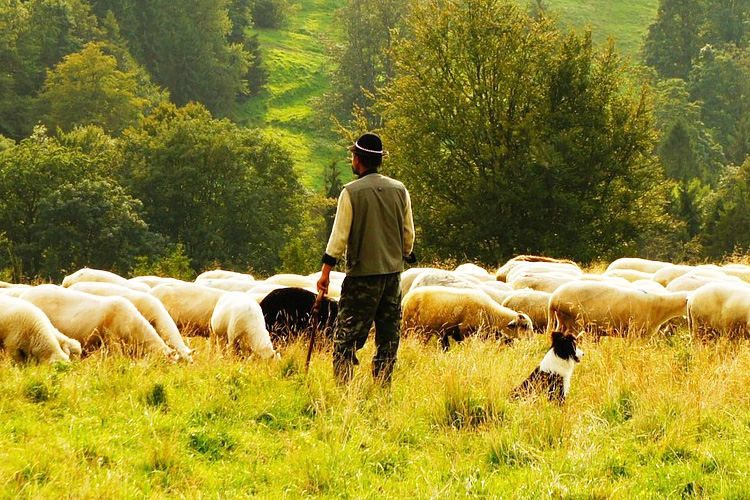Goat Livestock
Livestock are domesticated animals raised in an agricultural setting to produce commodities such as food, fiber, and labor. The term is often used to refer solely to those raised for food, and sometimes only farmed ruminants, such as cattle and goats. In recent years, some organizations have also raised livestock to promote the survival of rare breeds. The breeding, maintenance, and slaughter of these animals, known as animal husbandry, is a component of modern agriculture that has been practiced in many cultures since humanity’s transition to farming from hunter-gatherer lifestyles.

Animal husbandry practices have varied widely across cultures and time periods. Originally, livestock were not confined by fences or enclosures, but these practices have largely shifted to intensive animal farming, sometimes referred to as “factory farming”. These practices increase yield of the various commercial outputs, but have led to increased concerns about animal welfare and environmental impact. Livestock production continues to play a major economic and cultural role in numerous rural communities.
Farming practices vary dramatically worldwide and among types of animals. Livestock are generally kept in an enclosure, fed by humans, and intentionally bred. However, some livestock are not enclosed, are fed by access to natural foods, and are allowed to breed freely.
Historically, raising livestock was part of a nomadic or pastoral form of material culture. The herding of camels and reindeer in some parts of the world remains dissociated from sedentary agriculture. The transhumance form of herding in the California Sierra Nevada still continues, as cattle, sheep, or goats are moved from winter pasture in lower-elevation valleys to spring and summer pasture in the foothills and alpine regions, as the seasons progress. Cattle were raised on the open range in the western United States and Canada, on the Pampas of Argentina, and on other prairie and steppe regions of the world.
The enclosure of livestock in pastures and barns is a relatively new development in the history of agriculture. When cattle are enclosed, the type of confinement may vary from a small crate, a large-area fenced-in pasture, or a paddock. The type of feed may vary from naturally growing grass to animal feed. Animals are usually intentionally bred through artificial insemination or supervised mating. Indoor production systems are typically used for pigs, dairy cattle, poultry, veal cattle, dairy goats, and other animals depending on the region and season. Animals kept indoors are generally farmed intensively, as large space requirements could make indoor farming unprofitable if not impossible. However, indoor farming systems are controversial due to problems associated with handling animal waste, odours, the potential for groundwatercontamination, and animal welfare concerns. (For a further discussion on intensively farmed livestock, see factory farming, and intensive pig farming). Livestock source verification is used to track livestock.
